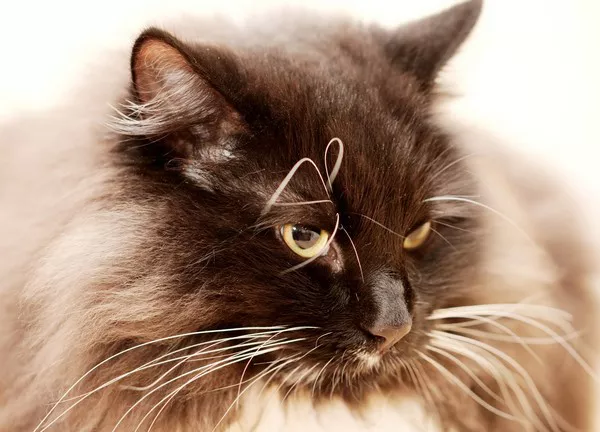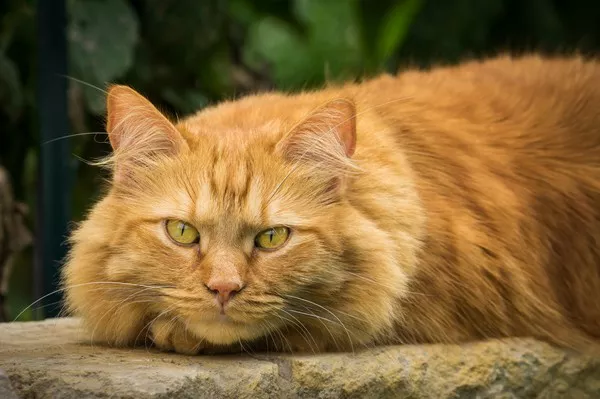When it comes to the care and feeding of a 10-month-old kitten, pet owners often find themselves navigating a sea of information and advice. At this age, kittens are transitioning from rapid growth to a more stable development phase, which brings unique nutritional requirements. Understanding these needs is crucial for ensuring your kitten grows into a healthy adult cat. This guide will delve into the dietary considerations for a 10-month-old kitten, including what types of food are appropriate, how much to feed, and common pitfalls to avoid.
Understanding the Growth Stages of Kittens
Kittens go through several distinct growth stages, each with its own set of nutritional needs. From birth to about four weeks, kittens rely entirely on their mother’s milk or a suitable kitten formula if they are orphaned. By the time they reach eight weeks, most kittens begin to transition to solid foods, typically starting with wet kitten food and gradually incorporating dry kibble. By four months, most kittens are fully weaned and can consume a diet primarily composed of solid foods.
At 10 months, a kitten is considered to be in the juvenile stage, which lasts until they reach full maturity at around 12 to 18 months. During this period, their growth rate slows down, but they still require higher levels of protein, fat, and certain vitamins and minerals compared to adult cats. This is because their bodies are still developing and growing, albeit at a slower pace.
Nutritional Requirements for 10-Month-Old Kittens
The nutritional needs of a 10-month-old kitten differ from those of younger kittens and adult cats. Here are some key nutrients that should be included in their diet:
Protein: Protein is essential for muscle development and overall growth. Look for high-quality protein sources such as chicken, turkey, fish, or beef. The Association of American Feed Control Officials (AAFCO) recommends that kitten food contain at least 30% protein.
Fat: Fat provides energy and helps with the absorption of fat-soluble vitamins. A balanced diet should include about 15-20% fat. Essential fatty acids like omega-3 and omega-6 are particularly important for skin and coat health.
Carbohydrates: While not as critical as protein and fat, carbohydrates provide additional energy. However, kittens should not consume excessive amounts of carbohydrates, as this can lead to obesity and other health issues. Choose foods with complex carbohydrates like whole grains and avoid those with high levels of simple sugars.
Vitamins and Minerals: Vitamins and minerals are crucial for various bodily functions, including bone development, immune function, and metabolism. Key vitamins include A, D, E, and B-complex, while essential minerals include calcium, phosphorus, and iron.
Water: Proper hydration is vital for all cats, especially growing kittens. Always ensure that fresh water is available at all times.
Choosing the Right Food
When selecting food for your 10-month-old kitten, consider the following factors:
Age-Specific Formulas: Look for kitten-specific formulas that are designed to meet the higher nutritional demands of growing cats. These foods are typically labeled as “for kittens” or “growth formula.”
High-Quality Ingredients: Opt for foods that list whole meat sources as the first few ingredients. Avoid foods with low-quality fillers, artificial preservatives, and excessive additives.
Wet vs. Dry Food: Both wet and dry foods have their benefits. Wet food is generally more palatable and contains more moisture, which can help keep your kitten hydrated. Dry food is convenient and can help maintain dental health. Many pet owners choose to offer a combination of both.
Special Diets: If your kitten has specific health concerns, such as urinary tract issues or food allergies, consult your veterinarian for recommendations on special diets.
Feeding Guidelines
Feeding a 10-month-old kitten involves balancing portion sizes and frequency to ensure they receive adequate nutrition without overfeeding. Here are some general guidelines:
Portion Sizes: The amount of food your kitten needs depends on their size, activity level, and metabolism. As a general rule, a 10-month-old kitten weighing around 5-6 pounds should consume about 2/3 to 1 cup of dry food or 2-3 cans of wet food per day. Always refer to the feeding guidelines on the food packaging and adjust based on your kitten’s individual needs.
Feeding Frequency: Most 10-month-old kittens can be fed two to three times a day. Some pet owners prefer to leave dry food out for free-feeding, but this can lead to overeating and weight gain. It’s best to stick to scheduled meals to monitor intake and prevent obesity.
Monitoring Weight and Health: Regularly weigh your kitten and assess their body condition. A healthy kitten should have a visible waistline and feel slightly bony when you run your hands over their ribs. If you notice any changes in weight or appetite, consult your veterinarian.
Common Pitfalls to Avoid
Overfeeding: Overfeeding can lead to obesity, which increases the risk of various health problems, including diabetes, arthritis, and heart disease. Always measure portions carefully and avoid giving too many treats.
Feeding Adult Cat Food Too Soon: Adult cat food may not provide the necessary nutrients for a growing kitten. Stick to kitten-specific formulas until your cat reaches full maturity.
Ignoring Dietary Restrictions: If your kitten has any dietary restrictions or sensitivities, make sure to choose foods that cater to their needs. Consult your veterinarian for personalized advice.
Sudden Diet Changes: Abrupt changes in diet can cause digestive upset. Transition your kitten to a new food gradually over a week to minimize gastrointestinal issues.
Conclusion
Feeding a 10-month-old kitten requires careful consideration of their nutritional needs, portion sizes, and feeding frequency. By providing a balanced diet rich in high-quality protein, fat, and essential nutrients, you can ensure your kitten grows into a healthy and happy adult cat. Always consult with your veterinarian for personalized advice and regular check-ups to monitor your kitten’s development and address any potential health issues. With the right care and attention, your 10-month-old kitten will thrive and enjoy a long and healthy life.
Related topic:



























